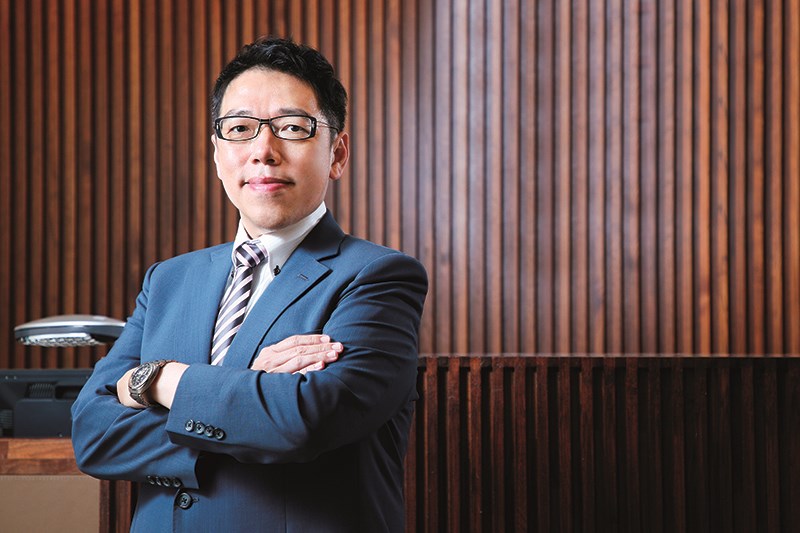Editor's note
2018.10
Set up an Irreplaceable Taiwanese View from the Trade War

If you can tolerate the strong nationalism in political reporting and the selective manipulation of news on Taiwan, it’s always interesting to watch the development of public opinion in Chinese news.Taking financial news as an example, whether it’s the market vultures sweeping in after the P2P storm, government controls on the real estate bubble, or nicknames for the various currency market open operations of the “central mother” (a nickname for the People’s Bank of China), including hot and sour powder (the standing lending facility, or SLF), spicy powder (the medium-term lending facility, or MLF), and super-spicy powder (the temporary liquidity facility, or TLF), they have a knack for turning the PBoC into a central kitchen preparing all sorts of delicacies (monetary liquidity) with turns of phrase, allowing arcane financial phenomena to be expressed easily in print. One must admire the intelligence and creativity of Chinese netizens. Official creativity is not far behind: the vast “Belt and Road”and the rare “directional alignment”, or the “advancement in stability”of monetary policy all express ideas in series of four short rhyming characters which would require long English passages to fully clarify the policy context. Moreover, these phrases become stronger as the layers are peeled, so that cadres at all levels are able to broadly echo the leadership.The American media, with its freedom of political discussion, presents a completely different picture, and is also interesting to observe.Proud of its “melting pot” and diversity in backgrounds, opinions, and interests, the media spans the full spectrum from liberal to conservative. Taking economic issues as an example, economic prescriptions range from advocacy of full trade liberalization, all the way to full protectionism. It is normal for media of different political stripes to have markedly different takes on the same phenomenon. Under the protection of free speech, any view – no matter how radical or unusual – can find a platform, and even influence the direction of the country through presidential politics. Unlike Beijing, however, Washington lacks a mechanism for policy propaganda. The instant the president’s economic arguments come out, various expert opinions, the opposition party, and even outside parties and fake news sources dissect them mercilessly, making American policy announcements always appear uncertain. The joy in observing American public dialogue is in finding out after the fact who really knew what they were talking about.The media ecosystem differences between Taiwan and the US mean that the trade tensions which started in March have given Taiwan a new perspective. For a long time, accustomed to “importing” populist foreign viewpoints as needed, the steady beat of sentiments like “XX can, so why can’t we?” has caused Taiwan to neglect development and dissemination of its own international perspective. In fact, international opinions can be cleanly divided into those inside and outside China’s protective firewall. As the world inside the wall colorfully celebrates the 5th anniversary of the Belt and Road Initiative, and promotes China’s US$ 60 billion in debt-free aid to Africa, highlighting its international obligations as a responsible power, the world outside the wall is concerned about the rise of neo-colonialism, China’s corruption, and whether its rapidly growing debt bubble jeopardizes economic stability – a “gray rhino” event of concern to many countries. Taiwan, situated between the two powers, with its free media and Chinese literacy, is ideally placed to form its own views. It can help the world interpret events, while also finding the best positions and policy responses for itself.Taiwan’s unique geography gives it a VIP seat to this great power confrontation. The only question is whether it is psychologically prepared for this once-in-a-century drama.



